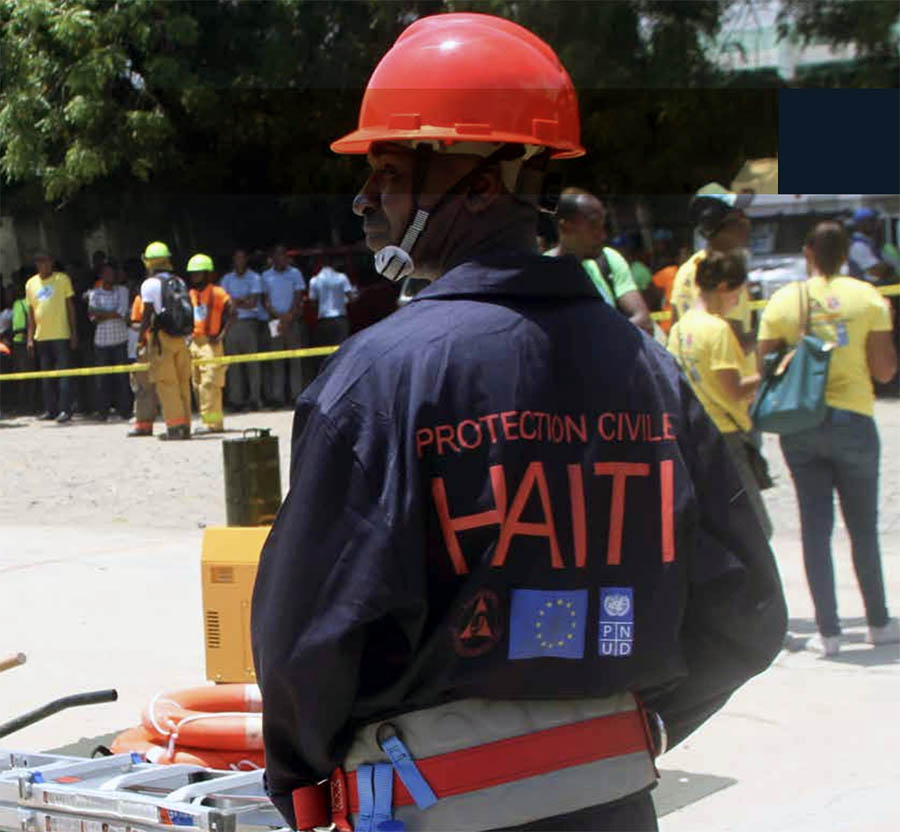Mastodon
Visualization Decision Making Laboratory
Using Behavioral Insights to Improve Disaster Preparedness, Early Warning and Response Mechanisms in Haiti (English)
Given the high exposure in Haiti to natural hazards, ensuring that proper disaster preparedness and response mechanisms are well established and managed can save lives. Systems such as Municipal Civil Protection Committees (Comités Communaux de Protection Civile – CCPCs) have played an important role in reducing casualties from natural disasters in recent years. However, structural and behavioral barriers have limited desired evacuation behaviors in Haiti. This report leverages behavioral science to identify key entry points to improve early warning systems (EWS) and enable people to evacuate to safe locations before adverse natural events, including hurricanes. The behavioral approach allows for the detection of barriers related to psychological and social factors that go beyond access and cost. The objective of this report is to understand, through a behavioral approach, the structural and behavioral barriers that limit evacuation decisions in Haiti. Our goal is to identify key entry points to improve EWS and enable people to evacuate to safe locations in anticipation of a hurricane. This type of approach is based on the understanding that people think automatically, socially, and with mental models (World Bank, 2015). The framing of a problem, the context in which decision making takes place, and details of the design of an intervention play such an essential role in determining behavior that not accounting for them can result in an ineffective intervention. Thus, looking for both structural and behavioral barriers means to examine a wider set of influences and pay attention to the social, psychological, as well as economic factors that affect what people think and do.
